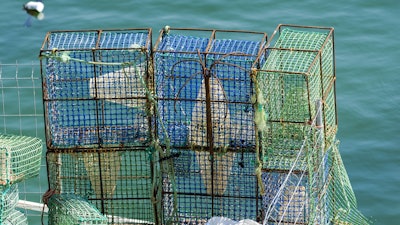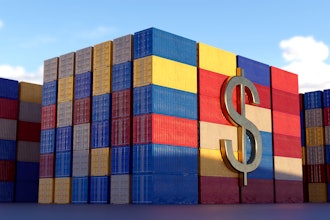
The hospitality industry took a severe hit from COVID-19 social restrictions. It sent shockwaves that were felt in all fields of business related to it. The lobster industry was greatly affected by the entire situation. It’s needless to say that it suffered significant losses during this time.
All lobster producers were faced with weak demand, which resulted in low production. The US state of Maine, a lobster industry giant, was discouraged from harvesting by the authorities. The pandemic rendered the prices low, and a continuous supply would decrease them even more.
When China closed its borders in late 2019, all major lobster producers received a big blow. South Africa, which exports around 90% of its rock lobster to China, halted production in February 2020. Australia is another producer that heavily relies on the Chinese market. This country tried to cope with the crisis by reducing yearly quotas. Tasmania even allowed for quotas to roll over to 2020 due to the unexpected market changes in late 2019. However, for Tasmania, things were not all that bleak. In an effort to mitigate losses, it switched its attention to the local market. Surprisingly, the demand was excellent. Tasmania discovered the local potential that was neglected due to focusing on China too much.
Several months after China closed its borders, Europe introduced lockdowns. This forced restaurants to close, and the demand for lobster plummeted. The US and Canada are the ones who took the brunt of the EU’s closing of borders. The two countries are the biggest lobster exporters for this continent.
On top of that, COVID reached North America, and social restrictions were imposed. Canadian state authorities called for their lobstermen to stop production temporarily. In the United States, the restrictions differed from state to state. In some places, the hospitality industry was completely shut down, while in others, restaurants remained partially open. Overall, domestic lobster sales dropped.
 iStock
iStock
As China reopened the borders for shipments, the industry started to pick up. Exporters from Nova Scotia were the first ones to send trial shipments to this market. Jamaican producers stopped shipping live lobster and opted for frozen ones instead.
Due to a decrease in sales, the lobster inventories have grown in 2020. A large supply and not enough demand lowered the prices. Vietnam is a country that wasn’t able to handle this situation well. Their export to China dropped in February 2020, so the producers turned to the local market. There, they had to sell the lobsters at a loss. Things were slightly better for them in March, as China started accepting shipments.
The US lobster prices were at a four year low right around the beginning of 2020. The prices of Maine lobsters decreased by 20%. But Maine wasn’t the state that was hit the hardest. Florida, which harvests spiny lobster, has seen a spectacular drop in prices. A pound of Florida spiny lobster normally goes for up to USD 20 during Chinese New Year. However, in 2020 it cost only USD 6.
Things will eventually return to normal for the lobster industry. Unfortunately, no one can tell how much time it will take. For China, the worst seems to be over, and trade has been picking up speed lately. It’s uncertain when this will be the case in North America and Europe. Also, the economic impact of the pandemic is practically impossible to predict. But, one thing is certain, for a luxury commodity such as lobster, the consequences will be far-reaching.
Every major lobster exporter will be affected by the crisis differently. The American lobster industry will almost definitely continue to suffer because of the trade war with China. Canada, a country that has greatly benefited from this conflict, will probably enjoy an even more significant portion of the Chinese market.
According to some estimates, Europe will take more time to recover from the pandemic than China. This means that sales in China will recover quicker than in the EU. The US is in a similar position as Europe, but they have it even worse as the pandemic hasn’t reached its peak there yet. It is expected that the purchasing and trade power of America will significantly diminish after the COVID pandemic.























